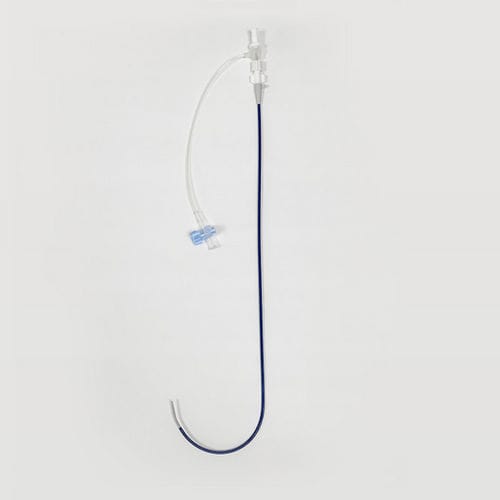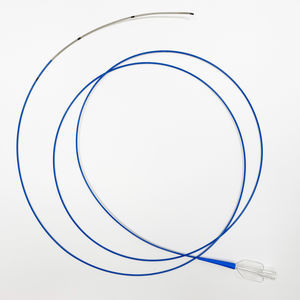
- Secondary care
- Cardiology
- Vascular access sheath
- Princeton Medical Scientific
Vascular access sheath Principalhydrophilic
Add to favorites
Compare this product
fo_shop_gate_exact_title
Characteristics
- Applications
- vascular
- Features
- hydrophilic
Description
In the use of interventional diagnosis or treatment surgery, the percutaneous puncture is used to insert the vascular system, provide the channels for angiographic catheters, guide catheters, balloon dilating catheters, and other similar instruments to enter arteries and veins, and provide channels for normal saline and/or diagnostic contrast agents.
Features
01
The unique hemostatic valve design keeps good hemostasis and smooth operation; The connector is transparent, which makes it easier to observe the blood return.
02
The sheath surface is coated with hydrophilic coating, which has low friction, excellent trafficability, and reduces the incidence of complications.
03
The sheath and expansion tube is wedge-shaped and perfectly fitted, reducing puncture resistance and intraoperative vascular injury.
04
The sheath body is reinforced with metal wire and designed with a three-layer structure, which has good bending resistance and support.
05
The design of the detachable hemostatic valve connector provides more user options.
06
The sheath tip is the radiopaque developing ring, with accurate positioning.
07
It is easier to identify with an internationally unified color identification number and digital code.
08
A wide selection of specifications and models, 4F-10F size, 40cm-110cm length, and the end S, A, B, and C bending types are optional, without fear of climbing mountains.
Catalogs
Other Princeton Medical Scientific products
Peripheral Intervention
Related Searches
- Catheter
- Balloon catheter
- Dilatation catheter
- Peripheral catheter
- Cardiac catheter
- Coronary catheter
- Catheter guidewire
- 6 FR catheter
- Access catheter
- Double-lumen catheter
- Hydrophilic catheter
- 5 FR catheter
- PTCA catheter
- 7 FR catheter
- Hydrophilic guidewire
- Blood vessel catheter
- PTA catheter
- Vascular introducer
- Balloon catheter pump
- Hydrophilic access sheath
*Prices are pre-tax. They exclude delivery charges and customs duties and do not include additional charges for installation or activation options. Prices are indicative only and may vary by country, with changes to the cost of raw materials and exchange rates.







